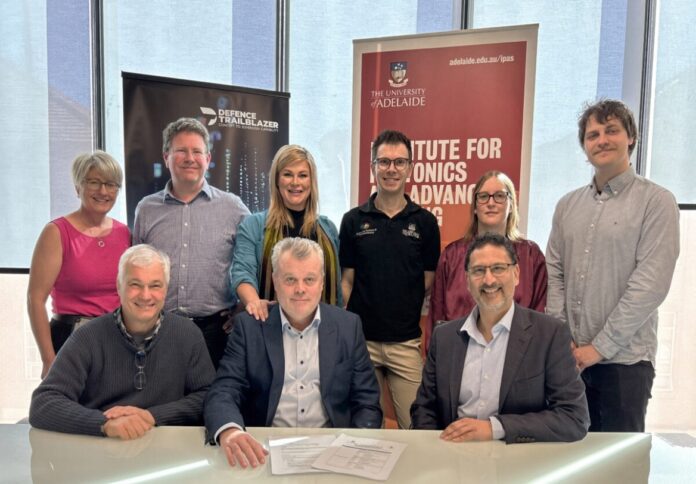
The University of Adelaide and Loughan Technology Group have signed a research project agreement to commercialise Novel Fluorescence technology, aimed at improving the real-time detection of hazardous materials, minerals, and chemicals.
This project addresses ongoing challenges in identifying specific elements in unknown minerals, detecting asbestos on construction sites, and recognising drugs and explosives in real-time—issues critical to sectors such as mining, public health, and national security.
Data reported found that traditional methods of analysis require laboratory testing, which can be slow and impractical for field use.
The University of Adelaide’s Prescott Environmental Luminescence Laboratory (PELL), in collaboration with the Institute for Photonics and Advanced Sensing (IPAS) and the Institute for Mineral and Energy Resources (IMER), has developed advanced research in Novel Fluorescence.
This technology enables non-contact identification of materials, making it particularly suited for on-site applications. Loughan Technology Group will oversee its commercialisation.
Rob Loughan, chairman of Loughan Technology Group, remarked, “This partnership with the University of Adelaide and Defence Trailblazer is a significant milestone in the commercialisation of Novel Fluorescence technology.”
Loughan added, “Our aim is to enhance Australia’s capabilities in materials sensing and identification for both defence and civilian applications.”
The flexible design of Novel Fluorescence devices allows for various applications, from microscopic analysis to handheld sensors.
The Defence Trailblazer project will establish a discovery facility focused on identifying and validating Novel Fluorescence signatures across diverse materials, ultimately leading to the development of portable prototypes.
Dr Margaret Law, General Manager – Technology Development and Acceleration at Defence Trailblazer, commented, “This Defence Trailblazer project represents a significant leap forward in our ability to detect, analyse, and understand complex material and chemical components with unprecedented precision.”
She added, “The commercialisation of this research is crucial for Australia’s sovereign capability, enabling us to develop dual-use technologies that can be applied across diverse range of industries.”



















